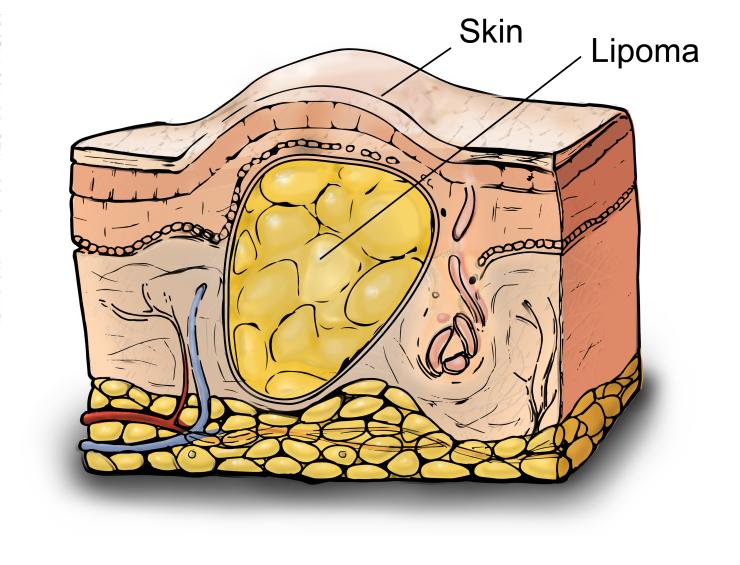What is liposuction?

Liposuction uses suction to remove fat from your body. The doctor puts a small, thin tube through very small cuts in the skin. Then the doctor moves the tube around under your skin to reach areas with more fat.
Liposuction is usually done in a doctor’s office, a surgery center, or a hospital. It can be major or minor surgery. It depends on how much fat is removed. You will probably go home after surgery. But if a lot of fat is removed, you may have to stay overnight.
You may be asleep for the surgery. Or you may get medicine to make you relax. Most of the time, the doctor gives you a shot to numb the area. This reduces pain and bleeding. The doctor may also use a laser or ultrasound to change the solid fat to liquid.
After the surgery, the area where the fat was removed will have some kind of wrap on it. You may have elastic bandages and tape on the area. Or you could have support hose, a girdle, or another type of tight clothing. These can help reduce swelling, bruising, and pain. You may have to keep the wrap on for 3 to 4 weeks. The area will probably be bruised and swollen for at least 10 to 14 days.
After several weeks of soft swelling, some areas may feel hard and lumpy. Your doctor may recommend massage to help take care of any lumps.
You can return to your normal activities when you feel comfortable. It may take several days to a few weeks. Most people can go back to light work in a few days. But sometimes it takes longer.
Why is liposuction done?
The main purpose of liposuction is to reshape one or more areas of your body, not to reduce body weight. Liposuction is typically used on "problem" areas that have not responded well to diet and exercise. These areas are often on the outer thighs and hips on women and the waist and back on men. The face, neck, abdomen, back, buttocks, legs, and upper arms are all commonly treated areas.
Liposuction is sometimes used in combination with other cosmetic surgery procedures, such as a "tummy tuck" (abdominoplasty), breast reduction, or face-lift.
Liposuction may also be used to treat certain medical conditions, including:
- Benign fatty tumors (lipomas)
- Abnormal enlargement of the male breasts (gynecomastia or pseudogynecomastia)
- Problems with metabolism of fat in the body (lipodystrophy)
- Excessive sweating in the armpit area (axillary hyperhidrosis)
Liposuction is not used to treat obesity. It will not get rid of cellulite or stretch marks.
What are the risks of liposuction?
Liposuction done by an experienced doctor in a properly equipped facility is usually safe. Having more than one area treated, or having a very large area treated, may increase the risk of complications during or after the procedure.
Common side effects of liposuction include:
- Temporary swelling, bruising, soreness, and numbness in and around the treated areas
- Irritation and minor scarring around the incision sites where the cannulas were inserted
- Baggy or rippling skin - The skin will usually tighten and retract after a few months. But in some people the skin may remain somewhat loose.
Less common side effects include:
Permanent color changes in the skin. Uneven skin surface over the treated area. Damage to the nerves and skin. The heat generated during ultrasound-assisted liposuction may burn the skin or damage the tissue under the skin.
If you gain weight after having liposuction, your body may store the new fat in a different place than where you had fat cells removed. New fat can grow deep inside your body, around your organs, such as your heart or liver. This type of fat can be more harmful to your body than fat that is stored near the surface of your body, such as on your hips or thighs. So people who have liposuction need to be careful not to gain extra weight.
Dangerous complications
Although death is very rare with liposuction, it can happen. If you are having a large amount of fat removed, are obese, or have health problems, your risks go up. Possible complications include:
- Excessive blood and fluid loss, leading to shock. But this is extremely unlikely.
- Fat clots or blood clots, which may travel to the lungs (pulmonary embolism) and become life-threatening.
- Buildup of fluid in the lungs (pulmonary edema). This is most likely to occur when a large volume of fluid is injected into the body.
- Infection. In some cases, antibiotics may be given before or after liposuction to help prevent infection.
- Toxic reaction to the injected solution (lidocaine toxicity), especially if large areas or many areas are treated at one time.
- A puncture into the cavity containing the abdominal organs or damage to an organ such as the spleen.
Liposuction should not be done in people who have severe heart problems, who have blood-clotting disorders (such as thrombophilia, a disorder in which the blood clots easily or excessively), or during pregnancy.
© 2016-2019 Healthwise, Incorporated.








